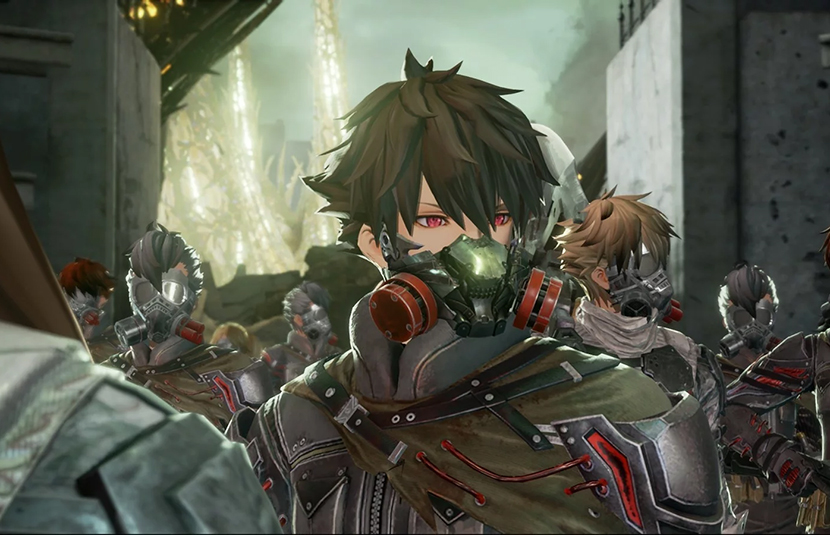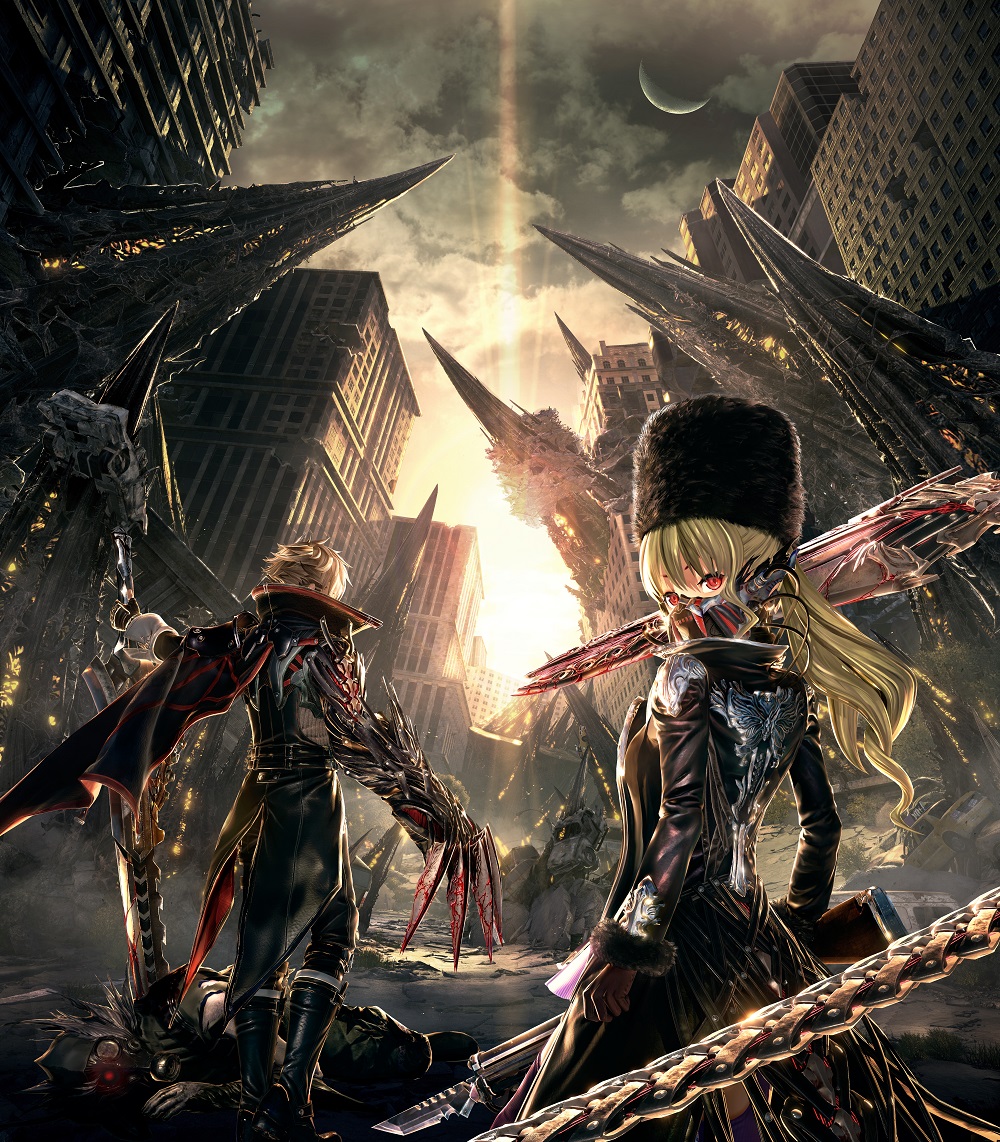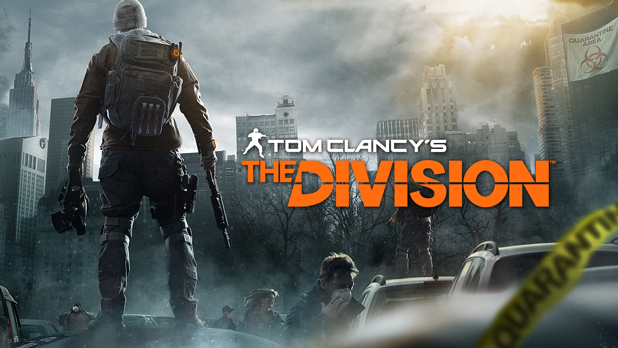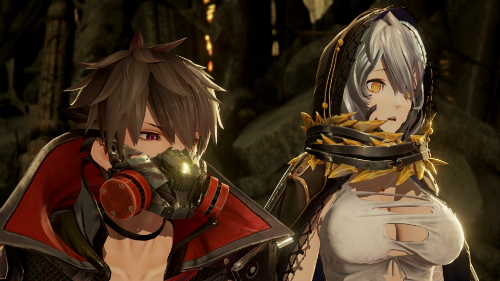
Revealed back in 2017 and delayed from its original 2018 release schedule, you could be excused for seeing Code Vein as another Souls clone. With slow, methodical and deliberate combat, along with a dark and grungy anime inspired style, the game certainly looked to be taking a few queues from From Software’s games. Going hands on with the game’s recent closed beta hasn’t dissuaded me from that opinion, but it also showed some of the points of difference that are apparent in Code Vein.
Unlike its inspiration, which is more indirect in its storytelling, Code Vein looks set to focus heavily on direct narrative sequences. Post tutorial, the closed beta opened on what is seemingly the opening of the full game, as my created character awakened from an apparently deep slumber. Little is explained about your surrounds or situation initially, with a veil of mystery surrounding you, but the game quickly explains the World, its state and what is happening around you in cutscenes. The writing didn’t seem amazing, but the overall narrative itself and its story of a World gone mad post-cataclysmic tragedy was intriguing. I’m interested to see where the story goes across the entire game.
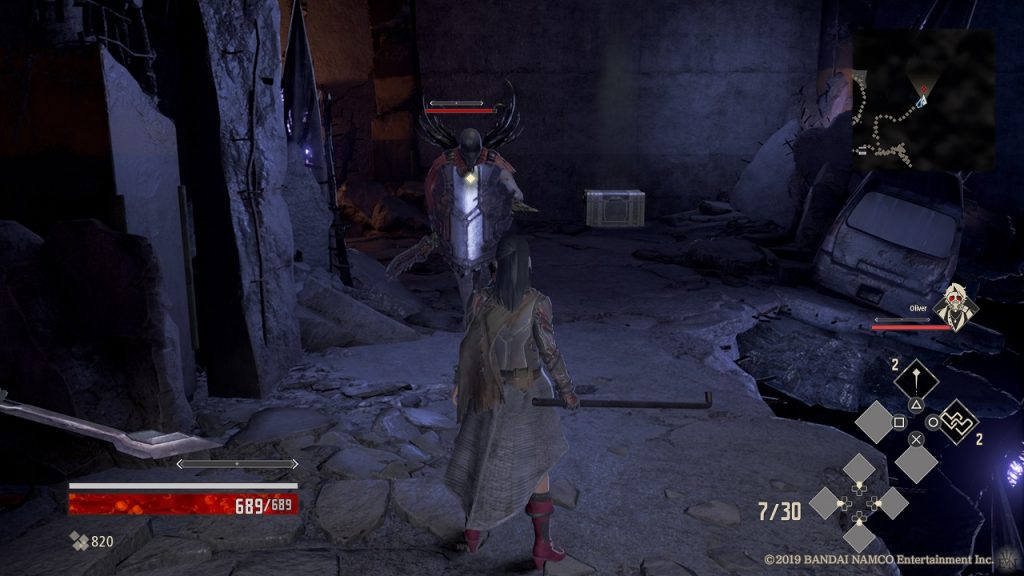
More in line with other Souls-like games, Code Vein features a slow, methodical combat system that requires patience and skill. The controls themselves are totally familiar, with a guard, dash, parry light attack and heavy attack at your disposal. There’s an innate heaviness and delay in the controls that make every movement and attack feel deliberate – trying to mash your way through anything but the weakest enemies is liable to quickly get you killed. I’m hoping there will be some fine-tuning of the camera prior to release, because it was an unwieldy beast in the relatively tight confines of the levels I played. Many of the boss encounters I faced seemed tuned to take advantage of the game’s co-op multiplayer, so solo players may face some uber-difficult moments.
The big difference in Code Vein’s combat comes in the form of its Blood Code system. Unlike other games that force you into a character class choice at the onset of the game, Code Vein allows you to effectively swap character classes on the fly. This is done by changing your equipped Blood Code. Each Blood Code has a suite of base abilities and stat modifiers that correspond to its class archetype. Each Blood Code I tried felt distinct and different, with the different stats lending themselves to different weapons, and I ultimately settled into the Caster Blood Code as my preferred one. While you can freely swap Blood Codes at any time, each one needs to be individually powered up. To do this, you’ll spend Haze – currency you gain from defeating enemies – while resting at Mistles. Haze seems to be the most important currency in the game, a it directly relates to your character progression. You’ll lose it all on death unless you get back to your corpse to pick it up, so be careful and try to avoid dying.
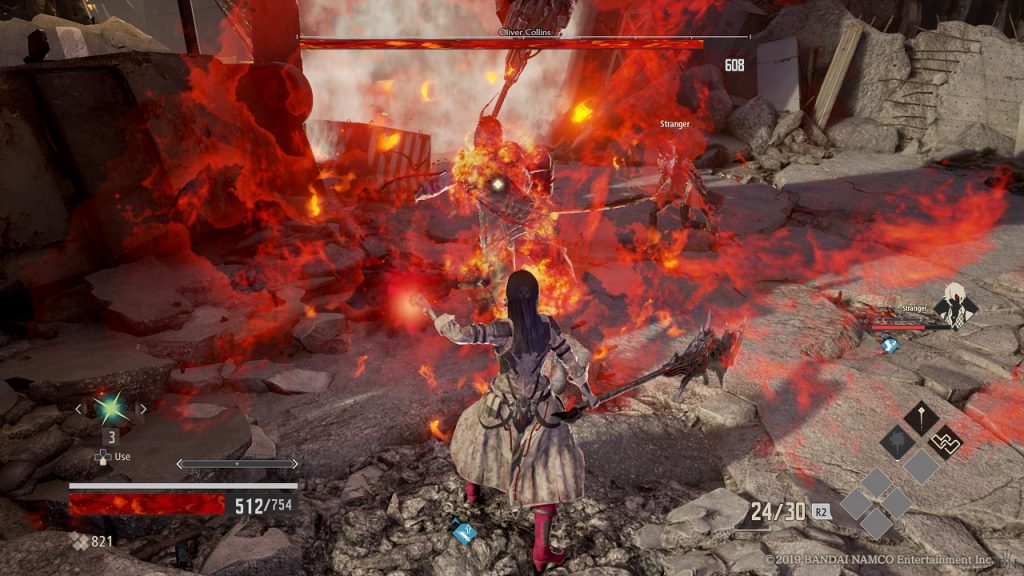
From an artistic standpoint, Code Vein is very similar in style to the God Eater series that the developer has previously worked on. There’s an anime-esque style to everything in the game that is immediately familiar to the eye. Character models are detailed – as is the character creator – and enemy models were a mixture of the grotesque and weird. The environments I saw during the beta weren’t particularly detailed or interesting to look at, but that could obviously change across the whole game. I did face some technical hiccups along the way, with some frame rate issues that I would hope are fixed by the time the game releases.
Overall, Code Vein has the potential to be an interesting and fun entry into the uber difficult action RPG genre. Only time will tell how interesting the narrative continues to be over the course of the full game, but the building blocks are there and I’m certainly interested enough by what I’ve seen to spend more time with the game.
Code Vein will launch on PC, Playstation 4 and Xbox One later in 2019.

